How to Survive a Snakebite
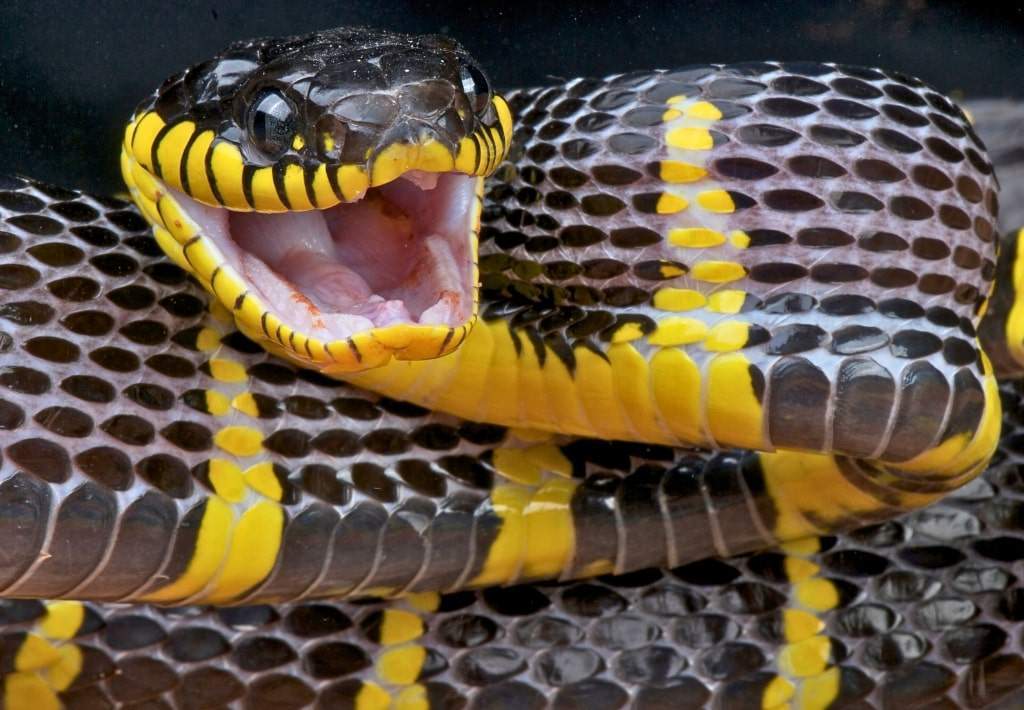
How to Survive a Snakebite
In the United States, venomous snakes such as rattlesnakes, copperheads, cottonmouths/water moccasins, and coral snakes pose a threat.
When bitten, it’s called “envenomation.” Though rare, severe envenomation or allergies can be fatal.
About 7,000–8,000 venomous snake bites occur annually in the US, resulting in approximately five deaths. Prompt medical attention is crucial to prevent fatalities.
Venomous Snakes in the United States
These venomous snakes pose risks to humans and should be treated cautiously when encountered in their respective habitats.
Eastern Diamondback Rattlesnake

Description: Recognized by its large size, diamond-shaped markings, and distinctive rattling tail, the Eastern Diamondback Rattlesnake is one of the largest venomous snakes in North America.
Geographical Location: Found primarily in the southeastern United States, including parts of Florida, Georgia, Alabama, Mississippi, and the Carolinas.
Western Diamondback Rattlesnake
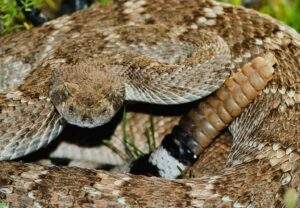
Description: Similar in appearance to the Eastern Diamondback, the Western Diamondback Rattlesnake boasts diamond-shaped markings and a rattling tail, though it tends to be smaller in size.
Geographical Location: Inhabits arid regions of the southwestern United States, including Texas, New Mexico, Arizona, and parts of California and Nevada.
Copperhead
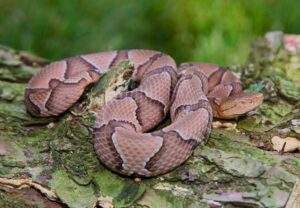
Description: Copperheads have distinctive copper-colored heads and hourglass-shaped markings along their bodies. They are relatively small and often blend in with their surroundings.
Geographical Location: Widely distributed across the eastern and central United States, from Texas to the Midwest and northeastern states.
Cottonmouth/Water Moccasin

Description: Named for its white mouth, which it displays when threatened, the Cottonmouth/Water Moccasin is a semi-aquatic snake with dark coloration and a thick body.
Geographical Location: Primarily found in the southeastern United States, inhabiting swamps, marshes, and wetlands from Virginia to Florida and west to Texas.
Timber Rattlesnake
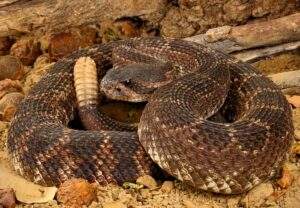
Description: Timber Rattlesnakes are giant, heavy-bodied snakes with distinctive rattles on their tails. They vary in coloration but often have dark brown or black markings.
Geographical Location: Distributed throughout the eastern United States, from New England down to Georgia and westward to parts of Texas and Oklahoma.
Coral Snake
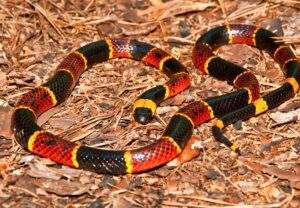
Description: Coral Snakes have brightly colored bands of red, yellow, and black, with red and yellow bands touching. They have small heads and slender bodies.
Geographical Location: Found in the southeastern United States, including Florida, Georgia, South Carolina, and parts of Louisiana and Texas.
The Coral Snake Ryme: The rhyme goes, “Red touching black, safe for Jack. Red touching yellow, kill a fellow.” This is the only rhyme that will identify a coral snake, one of the deadly serpents in North America.
Snakebite Survival Tips
The number of reported venomous snakebites has increased as the world has seen warmer temperatures.
Snakes can migrate further north and find themselves in more populated areas.
Practice the following tips to keep you from becoming a snakebite victim or what to do if you are a bit.
Did You Know?
A little-known fact is they are hard of hearing. You will want to make vibrations so they know you’re coming. Most of the time, they will either move away from you or hunker down and hide. If you surprise a snake, they may attack in self-defense.
Proactive Steps to Avoid a Snakebite
Following these steps and staying aware of your surroundings, you can minimize the risk of encountering and being bitten by a venomous snake.
- Stay Alert: Watch where you step, especially in areas with snakes.
- Wear Protective Clothing: When hiking or exploring outdoors, wear long pants, boots, and thick socks to reduce the risk of a snake bite.
- Avoid High-Risk Areas: Avoid tall grass, rocky areas, and dense underbrush where snakes may hide.
- Use a Walking Stick: Carry a walking stick to probe areas ahead of you and deter snakes from striking.
- Watch Your Hands: Avoid reaching into crevices, holes, or brush piles without first checking for snakes.
- Be Mindful of Your Surroundings: Look for snake signs such as shed skin, tracks, or the presence of prey animals.
- Stay on Designated Trails: Stick to marked paths and avoid wandering off into unknown territory where snakes may be more abundant.
- Be Careful Around Water: Snakes are often found near bodies of water, so be cautious when swimming or fishing in snake-prone areas.
- Keep Pets Leashed: If hiking with pets, keep them on a leash to prevent them from encountering snakes and potentially getting bitten.
- Learn to Identify Venomous Snakes: Familiarize yourself with the appearance and behavior of venomous snakes in your area to know how to avoid them.
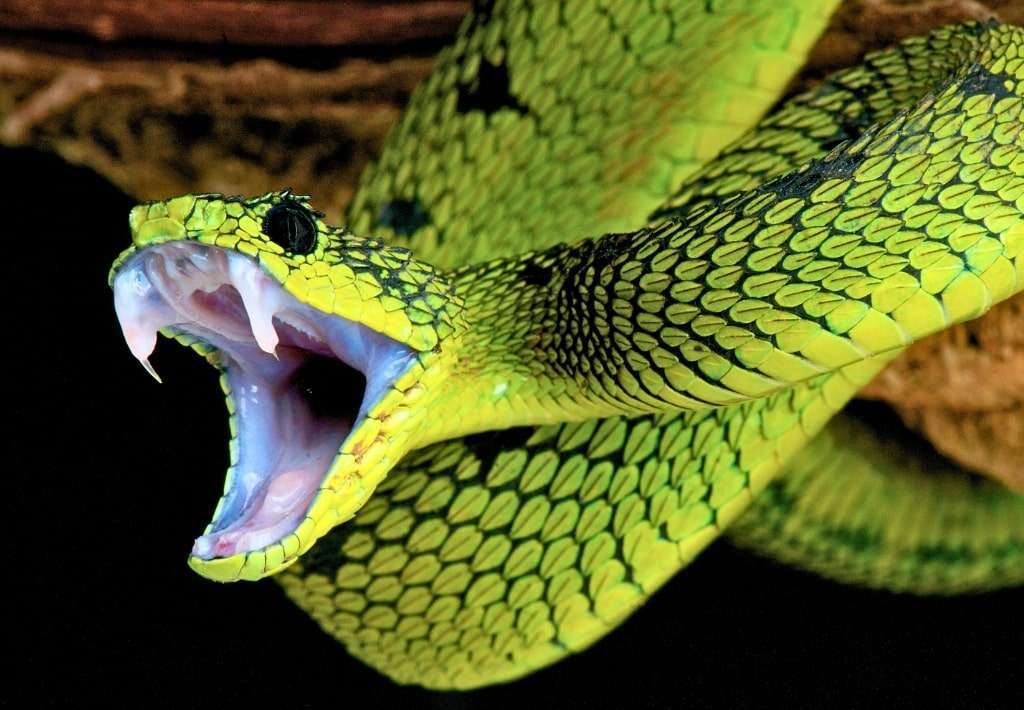
Safety Gear: Essential Equipment for Protection Against Snakebites
Remember, while safety gear can help reduce the risk of snakebites, it’s essential to remain vigilant and cautious when exploring snake habitats and always seek professional medical assistance.
- Snake Gaiters: Protective leg coverings made of durable materials such as nylon or kevlar, designed to shield the lower legs and ankles from snake bites.
- Snake Boots: High-quality, snake-resistant boots with thick, puncture-resistant materials and reinforced construction to protect the feet and lower legs.
- Long Pants and Sleeves: Wearing long pants and sleeves made of thick, sturdy fabric can provide additional protection against snake bites.
- Snake Bite Kits: Compact kits containing first aid supplies such as bandages, antiseptic wipes, and suction devices designed specifically for treating snakebites.
- Trekking Poles: Sturdy trekking poles or hiking sticks can help detect snakes and provide stability while walking in snake-prone areas.
- Snake Hooks: Long-handled tools with a hook or clamp on one end, used to handle or move snakes encountered in the wild safely.
- Headlamps or Flashlights: Illumination tools are essential for navigating snake habitats during low-light conditions and can help spot snakes before they are encountered.
- Snake Identification Guide: Carrying a guidebook or smartphone app with information on local snake species can aid in identifying venomous snakes and assessing risk.
- Personal Locator Beacon (PLB): A PLB is a small, portable device that can be activated in emergencies to transmit distress signals and summon help from rescue services.
- Communication Device: Carrying a fully charged cell phone or two-way radio enables communication with emergency services or fellow travelers in case of snakebite emergencies.
If You Become a Victim of a Snakebite
If you suffer a snakebite, there are a couple of things you should immediately do.
First, immobilize the bitten limb and keep it below your heart. You will also need to drop everything and get yourself to a hospital as soon as possible. Snake bites treated with anti-venom at a hospital are your best course of action and are rarely fatal.
Many experts in the field advise not to rely on snakebite kits and not to waste your money on them. In many reported cases where a snakebite victim used a kit, it did not work, and many times, the kit did more harm than good.
Along these lines, home remedies and old wives’ tales don’t work either. Taking a shot of alcohol or sucking the venom out is ineffective and may even delay your recovery time.
Step-By-Step First Aid for a Snakebite
Remember, the primary goal of first aid is to slow the spread of venom and seek professional medical help as soon as possible for proper assessment and treatment.
- Stay Calm: Remain calm to prevent panic, which can increase heart rate and venom circulation.
- Move Away: Slowly and carefully move away from the snake to prevent additional bites.
- Identify the Snake: If possible, remember the snake’s color, size, and markings for identification (Take a picture if possible).
- Position Yourself: Sit or lie down in a comfortable position to reduce activity and slow venom spread.
- Immobilize the Bite: Keep the bitten limb below heart level to slow venom circulation.
- Remove Constrictive Items: Remove any tight clothing, jewelry, or accessories from the affected area to prevent constriction if swelling occurs.
- Clean the Wound: Gently clean the bite with soap and water to reduce the risk of infection. Avoid applying ice or cutting the wound.
- Apply a Bandage: Use a clean bandage to cover the bite site, applying firm pressure without cutting off circulation.
- Monitor Symptoms: Keep track of symptoms such as pain, swelling, nausea, and difficulty breathing. Note the time of the bite and any changes in symptoms.
- Seek Medical Help: Call emergency services or proceed to the nearest medical facility for professional evaluation and treatment.
- Do Not: Do not attempt to suck out venom, apply ice, or administer alcohol or caffeine, as these actions can worsen the situation.
Emergency Response: What to do While Waiting for Medical Help
While waiting for medical help, your primary goal is to keep the victim calm, comfortable, and stable until professional medical assistance is available.
- Stay Calm: Again, keep yourself and the victim calm to prevent panic, which can exacerbate symptoms.
- Reassure the Victim: Offer reassurance and support to the victim to help alleviate anxiety and fear.
- Keep the Victim Immobilized: Encourage the victim to remain still and avoid unnecessary movement to prevent venom spread.
- Position the Victim: Help the victim lie comfortably, with the affected limb immobilized and slightly elevated if possible.
- Monitor Vital Signs: Monitor the victim’s vital signs, including pulse, breathing, and consciousness levels, and report any changes to emergency services.
- Cover the Victim: If the weather is cold, cover the victim with a blanket or jacket to prevent hypothermia.
- Provide Comfort: Offer comfort and support to the victim to help them feel reassured and cared for.
- Do Not Provide Food or Drink: Avoid giving the victim food or drink, as this can interfere with medical treatment and may worsen symptoms.
- Keep Track of Time: Note the time of the snakebite and any changes in symptoms to provide accurate information to medical professionals.
- Prepare for Evacuation: If necessary, prepare for evacuation by clearing a path for emergency responders and gathering essential belongings for the victim’s care.
Fact or Myth: Common Misconceptions About Snakebites and Their Treatment
Review some common misconceptions about snakebites and the corresponding facts to debunk them.
Is cutting open the wound and sucking out the venom is an effective treatment?
Myth: Cutting open the wound and sucking out the venom is an effective treatment.
Fact: Cutting the wound can increase the risk of infection, and sucking out the venom with your mouth can introduce bacteria and may not remove a significant amount of venom.
Is applying a tourniquet above the bite site can prevent venom from spreading.
Myth: Applying a tourniquet above the bite site can prevent venom from spreading
Fact: Tourniquets can cut off blood flow and cause tissue damage. They are not recommended for snakebites as they can worsen the injury.
Will drinking alcohol or caffeine can help neutralize snake venom?
Myth: Drinking alcohol or caffeine can help neutralize snake venom
Fact: Alcohol and caffeine can increase heart rate and blood pressure, which may exacerbate symptoms. It’s best to avoid them after a snakebite.
Are all snakes are venomous and pose a significant threat to humans?
Myth: All snakes are venomous and pose a significant threat to humans.
Fact: Most snake species are non-venomous and pose little to no threat to humans. Only a small percentage of snakes are venomous and potentially dangerous.
You can determine the severity of a snakebite by the size of the snake.
Myth: You can determine the severity of a snakebite by the size of the snake.
Fact: The snake’s size does not necessarily correlate with the amount of venom injected or the severity of the bite. Even small snakes can deliver a significant amount of venom.
You can determine the severity of a snakebite by the size of the snake.
Myth: You can determine the severity of a snakebite by the size of the snake.
Fact: The snake’s size does not necessarily correlate with the amount of venom injected or the severity of the bite. Even small snakes can deliver a significant amount of venom.
You should apply ice to the bite site to reduce swelling and pain.
Myth: Applying ice to the bite site can reduce swelling and pain.
Fact: Ice can constrict blood vessels and slow blood flow, worsening tissue damage and delay healing. It’s best to avoid applying ice directly to the bite site.
All Snakebites are always fatal.
Myth: Snakebites are always fatal.
Fact: While snakebites can be severe and potentially life-threatening, most are not fatal if treated promptly and appropriately.
Should you cut an "X" over the bite site to help release venom.
Myth: Cutting an “X” over the bite site can help release venom.
Fact: Cutting the skin can increase the risk of infection and does not effectively remove venom. It’s best to keep the bite site clean and avoid unnecessary manipulation.
Applying an electric shock to the bite site will neutralize venom.
Myth: Applying an electric shock to the bite site can neutralize venom.
Fact: There is no scientific evidence to support the effectiveness of applying an electric shock to snakebites. This practice can cause further tissue damage and is not recommended.
Snakebites only occur in remote wilderness areas.
Myth: Snakebites only occur in remote wilderness areas.
Fact: Snakebites can occur in urban, suburban, and rural environments. Snakes may be encountered in gardens, parks, and other populated areas.
Dead Rising
You never want to pick up a snake you find dead.
There is a famous story of a man from Washington who was found dead after he had cut the head off a snake with a shovel. He was bitten by the decapitated rattlesnake’s head when he was picking up its remains. It is common for snakes to retain reflexes after they are dead.
Studies have proven that venomous snakes, such as rattlesnakes or king cobras, can bite for many hours after clinically dead.
Hungry Snakes
Snakes can unhook their jaws. This allows them to eat prey more prominently and expansively than their head.
Unusual Facts About Snakebites
Explore these unusual but fascinating facts about snakebites!
Discover venom composition, mimicry, delivery methods, and variability. Understand the distinction between venomous and poisonous snakes. Uncover medical mysteries like self-envenomation and delayed effects.
- Snake Venom Composition: Snake venom is a complex mixture of proteins, enzymes, and other molecules, each with unique effects on the human body.
- Harmless Mimics: Some non-venomous snakes mimic the appearance and behavior of venomous species as a defense mechanism, known as Batesian mimicry.
- Venom Delivery: Not all snakes inject venom through fangs; some use specialized grooves or channels in their teeth to deliver venom into a wound.
- Venom Variability: The potency and composition of snake venom can vary significantly even within the same species, depending on factors such as geographic location and diet.
- Venomous vs. Poisonous: Snakes are venomous, not poisonous. Venom must be injected into the bloodstream, while poison must be ingested, inhaled, or absorbed through the skin to cause harm.
- Self-Envenomation: In rare cases, snakes can accidentally bite themselves, leading to self-envenomation and potential health complications.
- Antivenom Production: Antivenom, used to treat snakebites, is typically produced by injecting small amounts of snake venom into animals such as horses or sheep and harvesting the antibodies produced.
- Painful Paradox: Some snakebites are relatively painless initially due to the analgesic properties of snake venom, but intense pain and swelling often develop later.
- Delayed Effects: Symptoms of snakebite may not manifest immediately; some venomous snakebites can lead to delayed-onset complications hours or even days after the initial bite.
- Medical Mysteries: Despite advances in treatment, managing snakebites remains challenging, with many aspects of venom toxicity and treatment efficacy still not fully understood by medical science.
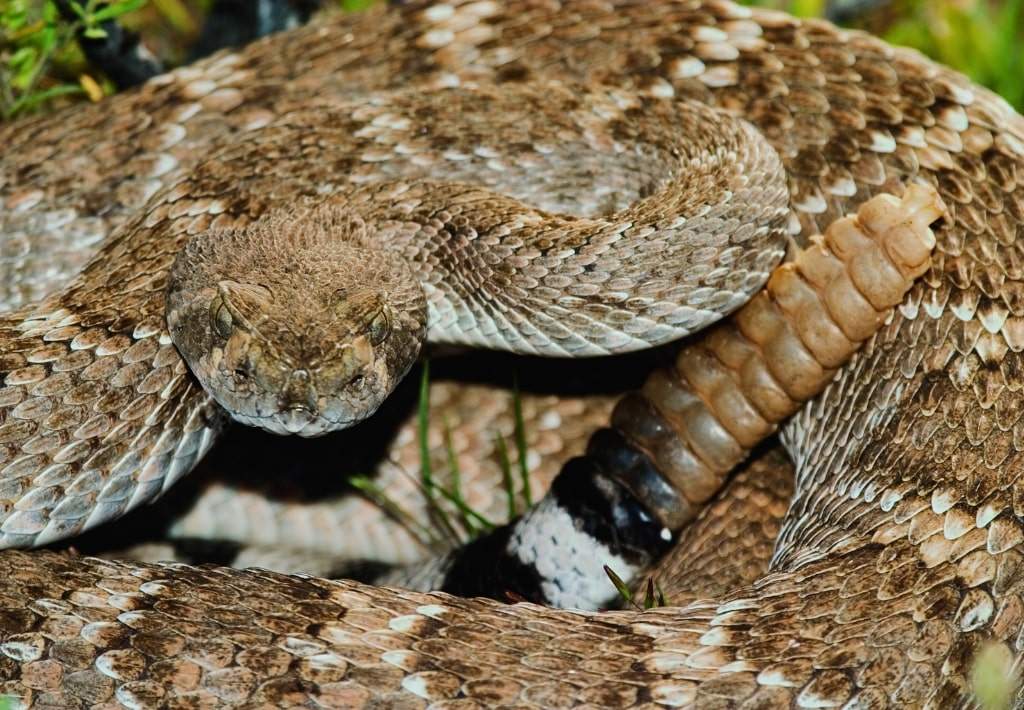
More Wild Frontier Scenarios
How to Survive a Mountain Lion Attack
Learn how to survive a mountain lion attack with practical steps to protect yourself and stay safe in. Surviving a…
How to Survive a Raccoon Attack
It’s a quiet evening, the moon is out, and maybe you’re taking out the trash or just enjoying a night…
How to Survive a Wild Boar Attack
Encountering a wild boar is like meeting your ex at a grocery store—unexpected, unnerving, and, in most…
How to Survive a Swarm of Bees
Surviving a bee swarm might sound like a scene out of a movie, but it’s a real concern for those who…
How to Survive a Skunk Spray
Getting sprayed by a skunk is a smelly situation that no one wants to find themselves in. However, if…
Recent Survival Posts
How to Survive a Layoff
Layoffs feel personal—even when they’re not. One day, you’re responding to Slack messages and forwarding…
How to Survive a Drug Test
I never imagined I’d be so emotionally invested in a paper cup. But there I was, standing under the fluorescent…
How to Survive an Interrogation
If you’ve ever been caught in the crosshairs of an overly enthusiastic mall cop or stared down by someone…
How to Survive a Nightclub Shooting
Nightclubs pulse with life—lights flashing, music pounding, bodies packed tight on the dance floor. It’s a place to…
How to Survive a Bachelor Party
A bachelor party is a delicate mix of celebration, chaos, and questionable decision-making, wrapped…
More Wild Frontier Survival Scenarios

How to Survive a Raccoon Attack
It’s a quiet evening, the moon is out, and maybe you're taking out the trash or enjoying a night on your porch. And suddenly, out of the shadows, bam! There it is—those black-ringed eyes glowing at you like some creature from a raccoon version of “The Shining.” If...

How to Survive a Wild Boar Attack
Encountering a wild boar is like meeting your ex at a grocery store—unexpected, unnerving, and, in most cases, best avoided. Yet, wild boars aren't interested in your baggage or drama; they're just trying to mind their own business—unless they think you're a threat....
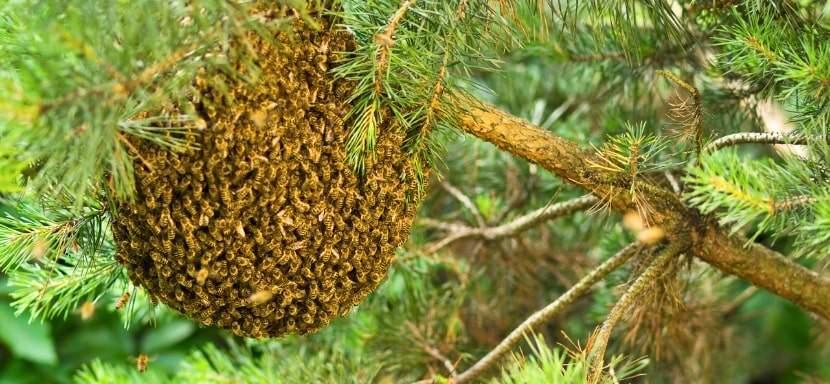
How to Survive a Swarm of Bees
Surviving a bee swarm might sound like a scene out of a movie, but it's a genuine concern for those who love the outdoors. Imagine this: you're hiking on a beautiful sunny day, enjoying the tranquility of nature, when suddenly you hear a low buzzing sound that...
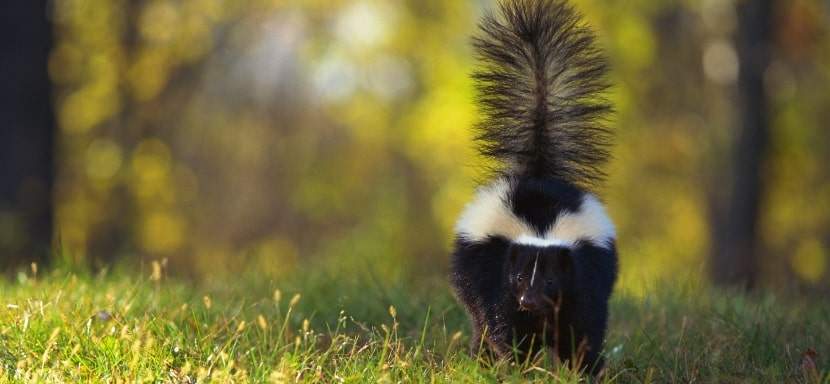
How to Survive a Skunk Spray
Getting sprayed by a skunk is a smelly situation that no one wants to find themselves in. However, if you do end up as a target of this defensive mechanism, knowing how to handle the aftermath can make a huge difference. Let's explore some practical steps and advice...
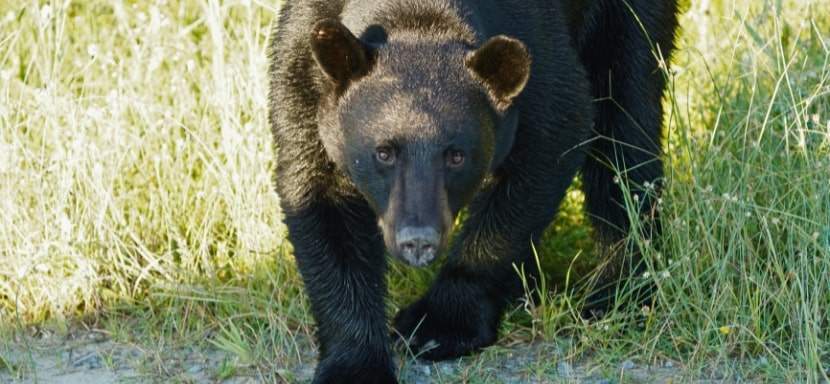
How to Survive a Bear Attack
Bear Attack Survival Tips and Strategies Though rare, bear attacks can occur because bears remember food locations for years and may silently track humans to assess threats or follow scents. Surviving a bear attack involves more than just reacting during an encounter;...
More Survival Scenarios

How to Survive a Layoff
When the Floor Falls Out: The Reality of a Layoff Layoffs feel personal—even when they're not. One day, you're responding to Slack messages and forwarding emails. Next, you're staring at your monitor as it logs you out... for good. Whether it's a restructuring, a...

How to Survive a Drug Test
The Cup, The Room, The Truth I never imagined I’d be so emotionally invested in a paper cup. But there I was, standing under the fluorescent hum of a strip-mall clinic, trying to recall the last time I ate a poppy seed bagel. That’s the thing about drug tests—they...

How to Survive an Interrogation
If you've ever been caught in the crosshairs of an overly enthusiastic mall cop or stared down by someone in a uniform with a clipboard and a glare, you’ve felt it — the chilly fingers of interrogation anxiety. And while most of us imagine interrogation scenes as...

How to Survive a Nightclub Shooting
Nightclubs pulse with life—lights flashing, music pounding, bodies packed tight on the dance floor. It’s a place to escape, feel the rhythm, and lose yourself in the crowd. But that same energy can turn deadly in seconds, transforming a night of fun into one of the...

How to Survive a Bachelor Party
A bachelor party is a delicate mix of celebration, chaos, and questionable decision-making, wrapped in the noble intention of sending the groom off into married life with a night he’ll (hopefully) remember. It’s a ritual as old as time—well, as old as men deciding...

How to Survive Your First Time at the Gym
Walking into a gym for the first time can feel like stepping into an alien world. The machines hum with purpose, the regulars move confidently, and you’re left standing there, clutching your water bottle, wondering whether you’re in the right place—or on the right...

How to Survive a Worldwide Communications Breakdown
Imagine waking up to silence. Your phone doesn’t buzz, your email won’t load, and even your local radio station crackles with static. A worldwide communications breakdown has hit. What next? For many, this doomsday scenario may sound like the opening lines of a...

How to Survive a Flash Flood While Driving
Surviving a flash flood while driving requires quick thinking, calmness, and a solid plan to ensure your safety. Preparation can make all the difference between a close call and a catastrophe in emergencies like this. This guide provides practical advice to protect...
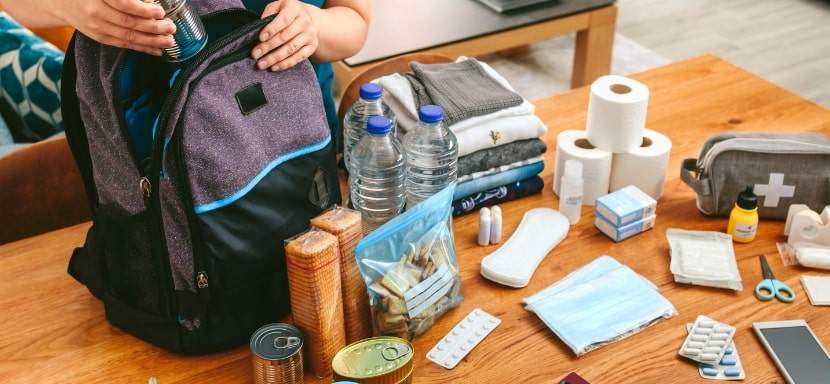
How to Build an Emergency Kit
Emergencies don’t knock politely at the door. They barge in, uninvited, like a distant relative with a penchant for drama, turning your world upside down without warning. Whether it’s a power outage, a natural disaster, or an unexpected evacuation, the key to staying...
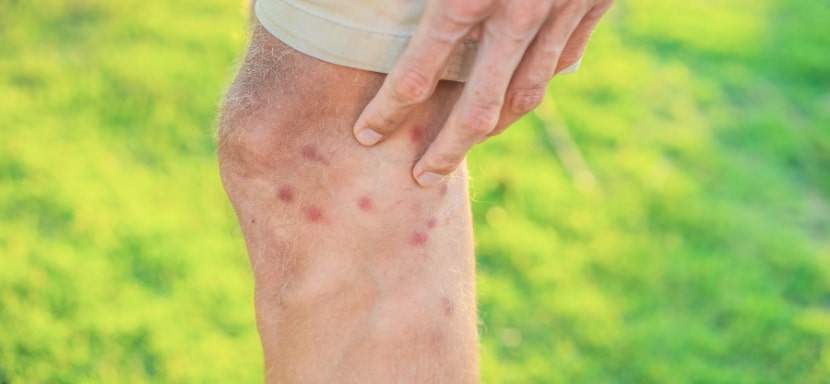
How to Protect Yourself From Insects in the Wild
There’s nothing like being out in the wild—birdsong echoing through the trees, the fresh scent of earth, and a deep sense of peace that makes you think, “Ah, this is what life is about.” But then comes the buzzing. Mosquitoes, ticks, and flies swoop in like uninvited...
